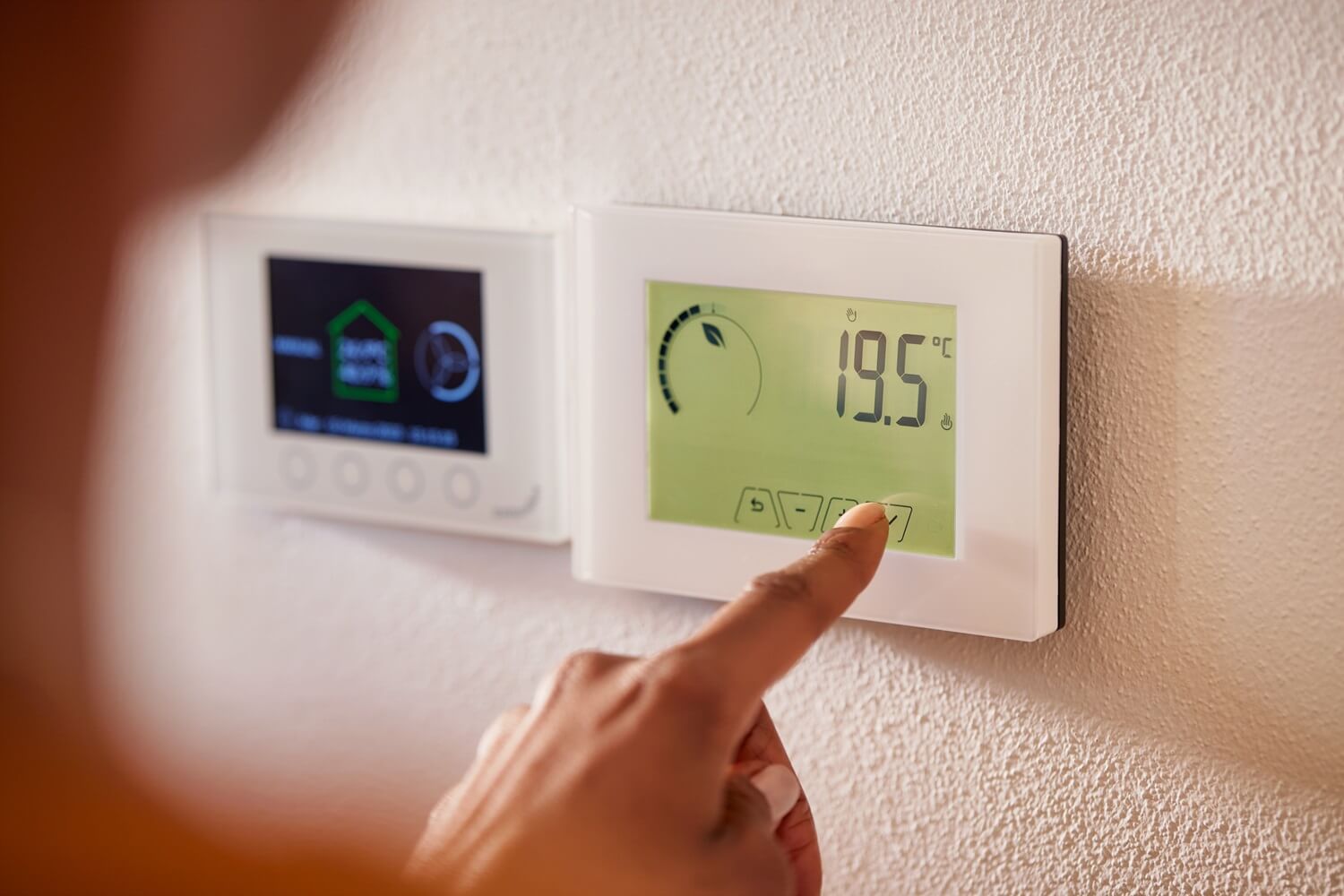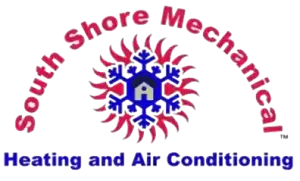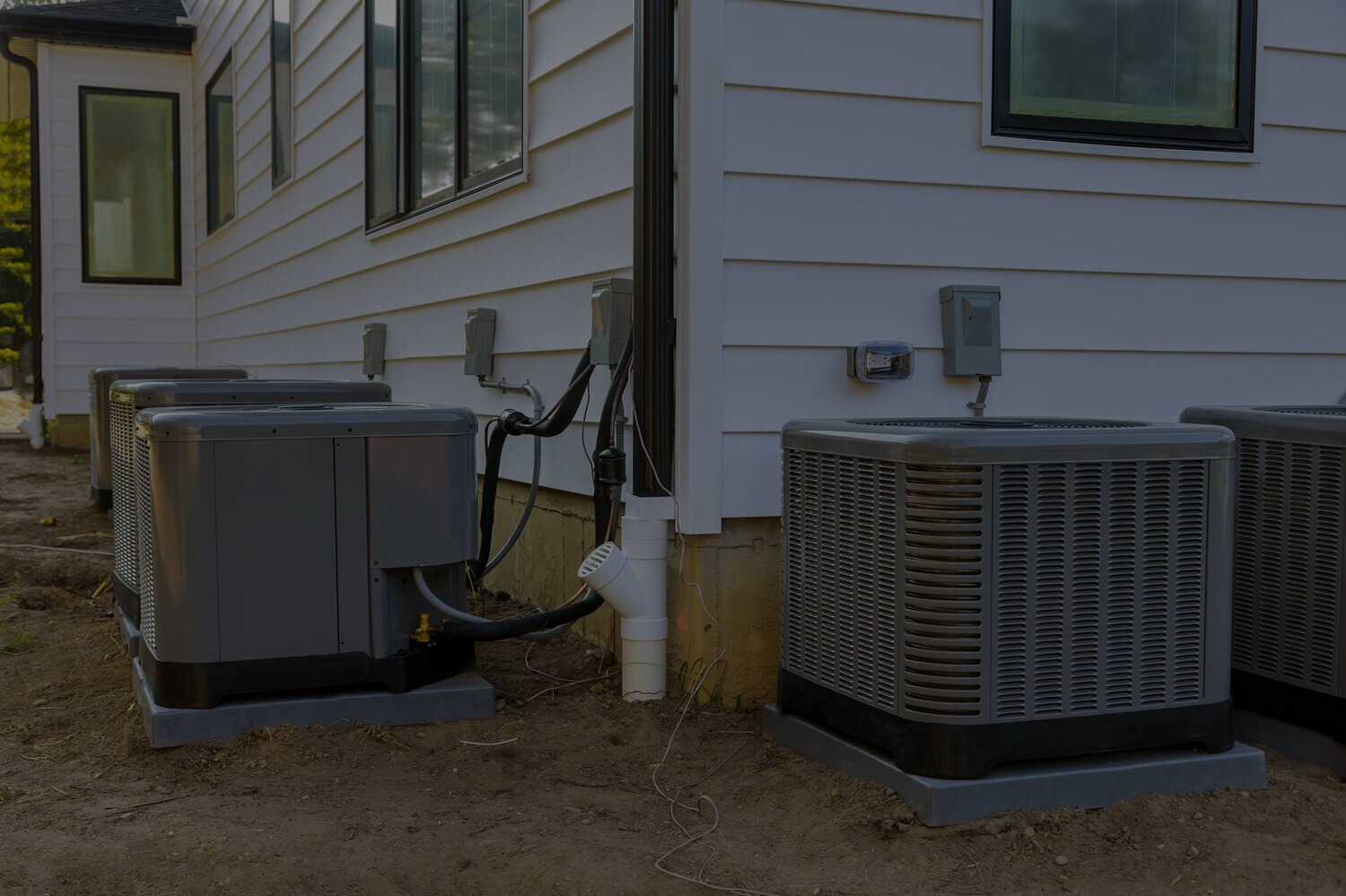
-
South Shore Mechanical
-
HVAC Thermostat
-
0 Comments
-
October 21, 2024
How To Know If You Have A Bad HVAC Thermostat
When the temperature inside your house begins to fluctuate, the thermostat frequently takes center stage. It’s small, unobtrusive, and typically dependable, but when it malfunctions, the comfort of your whole living environment is jeopardized. This tutorial will show you how to recognize a faulty HVAC thermostat and what measures to take to fix the problem.
Understanding Your Thermostat’s Role
The thermostat is the control center for your HVAC system and is responsible for heating, cooling, and ensuring that your home’s air quality remains ideal. It controls when your HVAC unit activates and deactivates, depending on the temperature settings you choose. Given its critical significance, any breakdown might result in pain and greater power bills.
Signs of a Malfunctioning Thermostat
Identifying bad thermostat symptoms HVAC systems might exhibit is the first step towards troubleshooting and repair. Here’s what to look out for:
- Inconsistent Temperatures Across Rooms – If your living room is warm but your bedroom feels cold, this might indicate a bad thermostat. It may not correctly measure inside temperatures or communicate with your HVAC system.
- HVAC Not Responding to Thermostat Adjustments – When thermostat adjustments do not result in the desired temperature changes, it is a clear indication that the HVAC is not responding to thermostat orders. This can be caused by a misunderstanding between the device and the HVAC system, as well as internal thermostat issues.
- Frequent Cycling or Continuous Running – Does your HVAC system cycle on and off more frequently than necessary, or does it run continually without achieving the desired temperature? These concerns might indicate a thermostat that is not accurately measuring the interior temperature or faulty control settings.
- Increased Energy Bills – A sudden increase in your energy costs is frequently caused by your HVAC not responding to thermostat settings effectively. If the thermostat causes your system to run too much, it can drastically increase your energy use.
- No Power or Unresponsive Interface – If your thermostat’s display is blank or unresponsive, you may be experiencing an HVAC no power to thermostat issue. This might be due to an electrical problem, such as a tripped breaker or dead batteries.
Diagnosing Thermostat Problems
Before consulting a professional, you may take a few measures to determine whether your thermostat is the source of your HVAC issues.
- Check and Replace the Batteries – Begin with the easiest remedy by determining whether the thermostat’s batteries require replacement. Dead batteries are a typical source of HVAC thermostat no-power problems.
- Inspect Electrical Connections – A loose cable or tripped circuit breaker might also cause power problems. Ensure that your thermostat is correctly connected and that all connections are secure and corrosion-free.
- Clean the Thermostat – Dust and debris can accumulate in the thermostat, interfering with mechanical components and sensors. Carefully remove the thermostat’s cover and clean the interior with a soft brush.
- Recalibrate the Thermostat – Thermostats can lose calibration over time, reducing their accuracy. To calibrate your device, follow the manufacturer’s instructions carefully or consult an expert if you’re unsure how to start.
When to Upgrade Your Thermostat
If troubleshooting or repairing your HVAC unit doesn’t solve the problem, or if your thermostat is outdated, upgrading to a newer model may be the best option. Modern thermostats enhance energy efficiency, offer precise temperature control, and include features like programmable settings and smartphone remote access.
Choosing the Right Thermostat
When choosing a new thermostat, consider the following:
Compatibility: Make certain the thermostat is compatible with your HVAC system.
Features: Determine which features are vital to you, such as programmability, Wi-Fi connectivity, or interoperability with smart home devices.
Ease of Use: Select a thermostat with a user-friendly interface.
Professional Help and Installation
It is recommended that you should obtain expert assistance with installation, calibration, or difficult issues. HVAC specialists may do a thorough examination and verify that your new thermostat is properly fitted and adjusted, improving the efficiency of your HVAC system.
Sealing the Comfort Gap: Ensuring Reliable Climate Control
Dealing with a broken thermostat can be irritating, but detecting and resolving the problem as soon as possible will help keep your house comfortable and energy efficient. Understanding the symptoms and remedies to a malfunctioning thermostat is critical, whether you handle the problem yourself or seek expert help.
South Shore Mechanical is available to help homeowners who want expert diagnosis and repair. We specialize in fixing HVAC thermostats with no power and bad thermostat symptoms and HVAC issues to make certain your system runs smoothly and effectively. Do not allow thermostat issues to ruin your household comfort. Visit South Shore Mechanical or call us. Allow us to help you restore your comfort quickly. We will ensure that your HVAC system responds exactly to your demands. Turn to us for skilled servicing that restores your ideal indoor climate.

